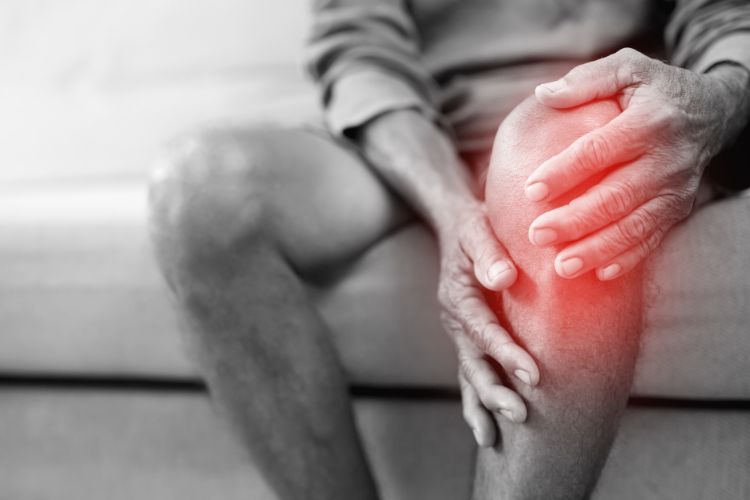It’s understandable if a momentary soreness doesn’t cause you to call the doctor immediately. Maybe you were sitting in an awkward position, or you were leaning against a wall for a moment. That said, certain habits can build up over time to promote pain in our bodies.
So how do you know that the injury is extensive enough to require professional help? Check out these ways to identify chronic joint pain in your body so that you can find swift, effective assistance when the symptoms appear.
Pain During Movement
If you consistently feel soreness or inflammation when you move a joint, it’s likely more than momentary discomfort that you can shrug off. You may worry about how extensive the procedures for your joint pain are, but luckily, invasive procedures aren’t the only treatments available.
Some individuals turn to medications from a doctor for assistance, but you can also talk to a physical therapist about hands-on, minimally invasive procedures to relieve pain. Many treatment options are worth exploring with a professional, from better exercise routines to PRP injections.
Additionally, understanding the connection between mental health and chronic pain is important because sore joints have a wider effect than momentary inflammation. Persistent pain can take a toll on many facets of someone’s life, such as their sleeping habits, but solutions are available to help.
Visible Joint Swelling
If you think you have chronic joint pain, take a closer look at the sore area. You should take time to talk to a professional if you see any signs of redness or swelling. Visible swelling is among the most common ways to identify chronic joint pain in your body. Many people bump their elbows, knees, and other body parts into objects, resulting in soreness that may go away within a day. However, once swelling and soreness become commonplace in your daily routine, you should see a doctor.
Consistent Joint Stiffness
Another way that chronic pain will make itself known is through consistent joint stiffness. Routines such as exercising help people retain flexibility. Unfortunately, running and other physical activities can also contribute to joint pain. Luckily, stretching can help your body stay flexible and ready for your workout. If more stretching doesn’t seem to help, talk to a physical therapist who specializes in joint pain.
Now that you know how to identify chronic joint pain, you can reach out to an expert for help.







